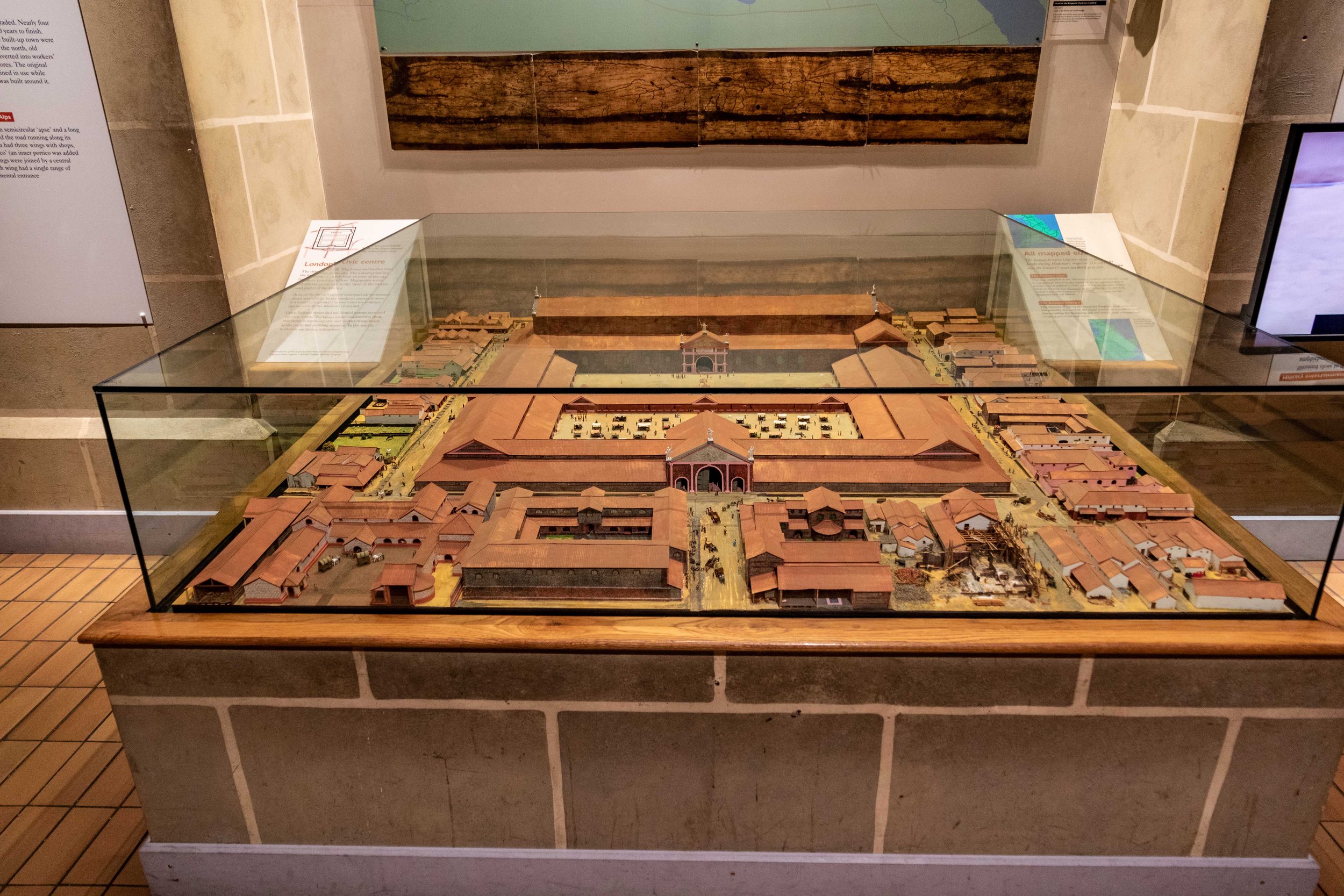"Da Vinci Code", the Knights Templar and William Marshall, the "greatest knight that ever lived", see it all in the Temple Church hidden in the City of London.
/The Temple Church was the headquarters of the Knights Templar in London. The Templars have a fascinating history, have been linked to the “Holy Grail” and in modern times have featured in Dan Brown’s Da Vinci Code. In the film of book of his book, the key characters visit the temple in their quest to find the grail. In 1215 AD, it was the place that key negotiations for Magna Carta took place in the reign of King John. On stepping inside the Temple Church, eight effigies can be observed , one of which is William Marshall, known as “the greatest ever knight”.
Read More





























The Temple Church was the headquarters of the Knights Templar in London. The Templars have a fascinating history, have been linked to the “Holy Grail” and in modern times have featured in Dan Brown’s Da Vinci Code. In the film of book of his book, the key characters visit the temple in their quest to find the grail. In 1215 AD, it was the place that key negotiations for Magna Carta took place in the reign of King John. On stepping inside the Temple Church, eight effigies can be observed , one of which is William Marshall, known as “the greatest ever knight”.